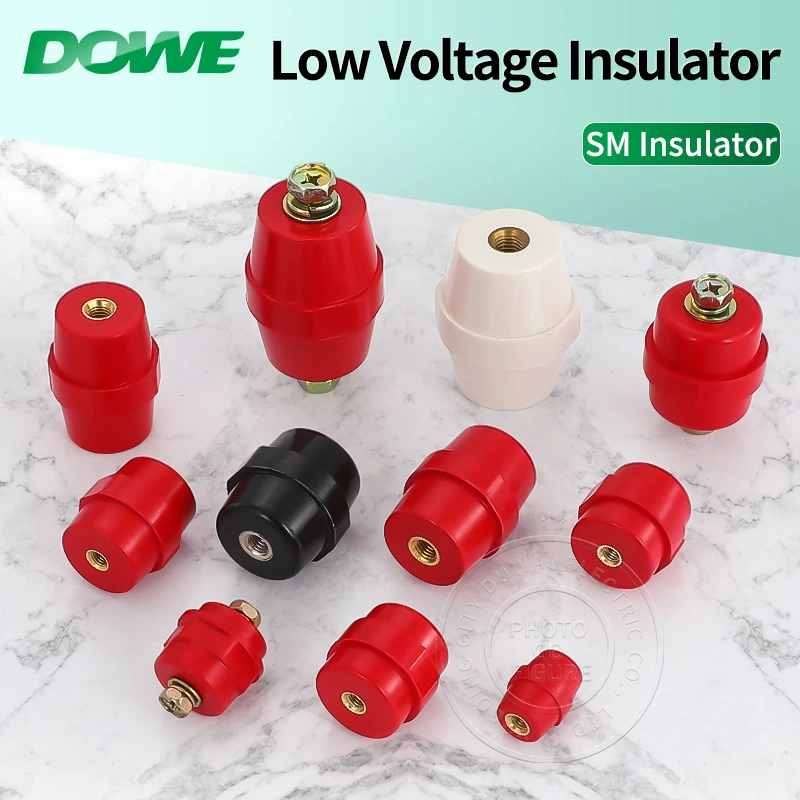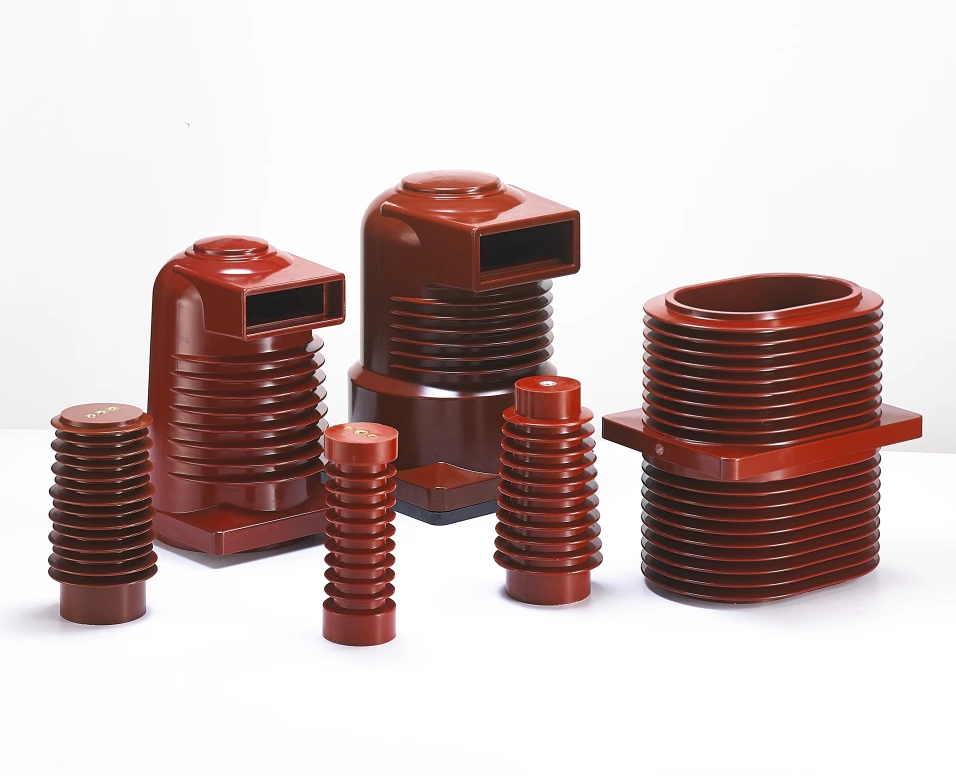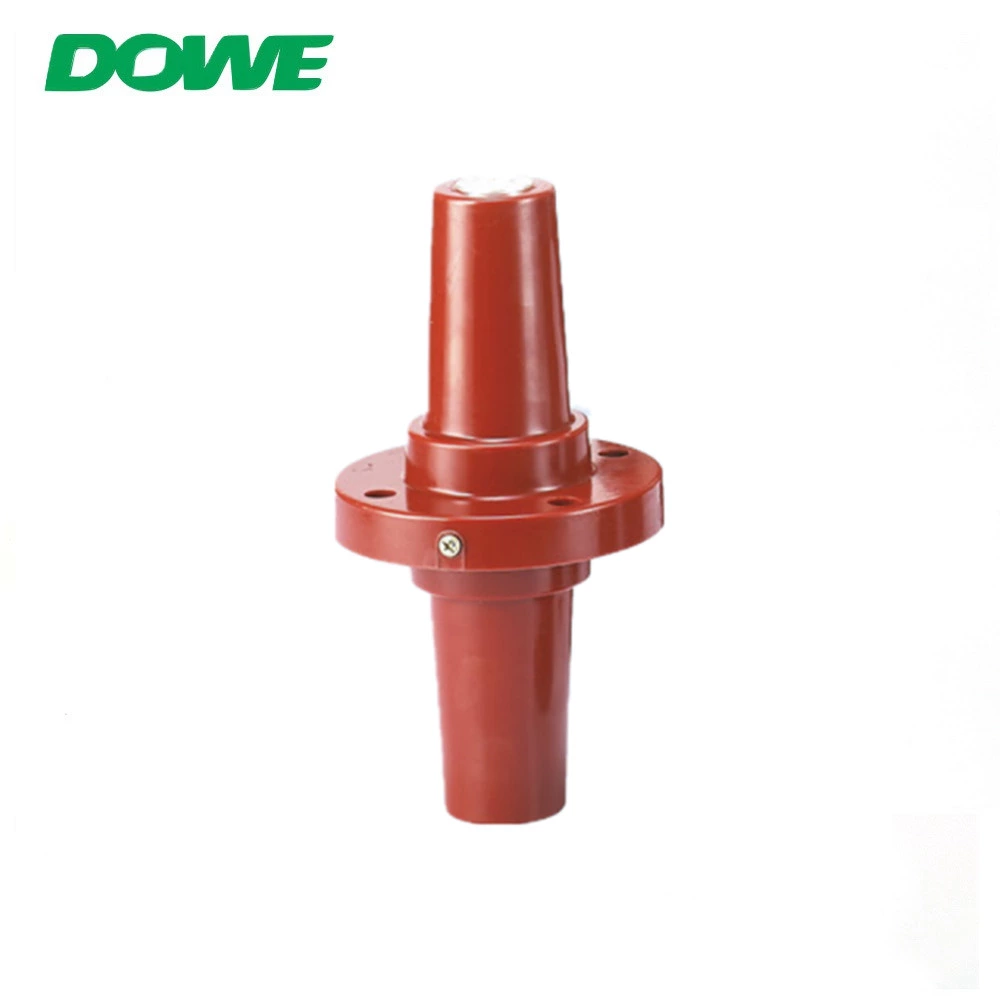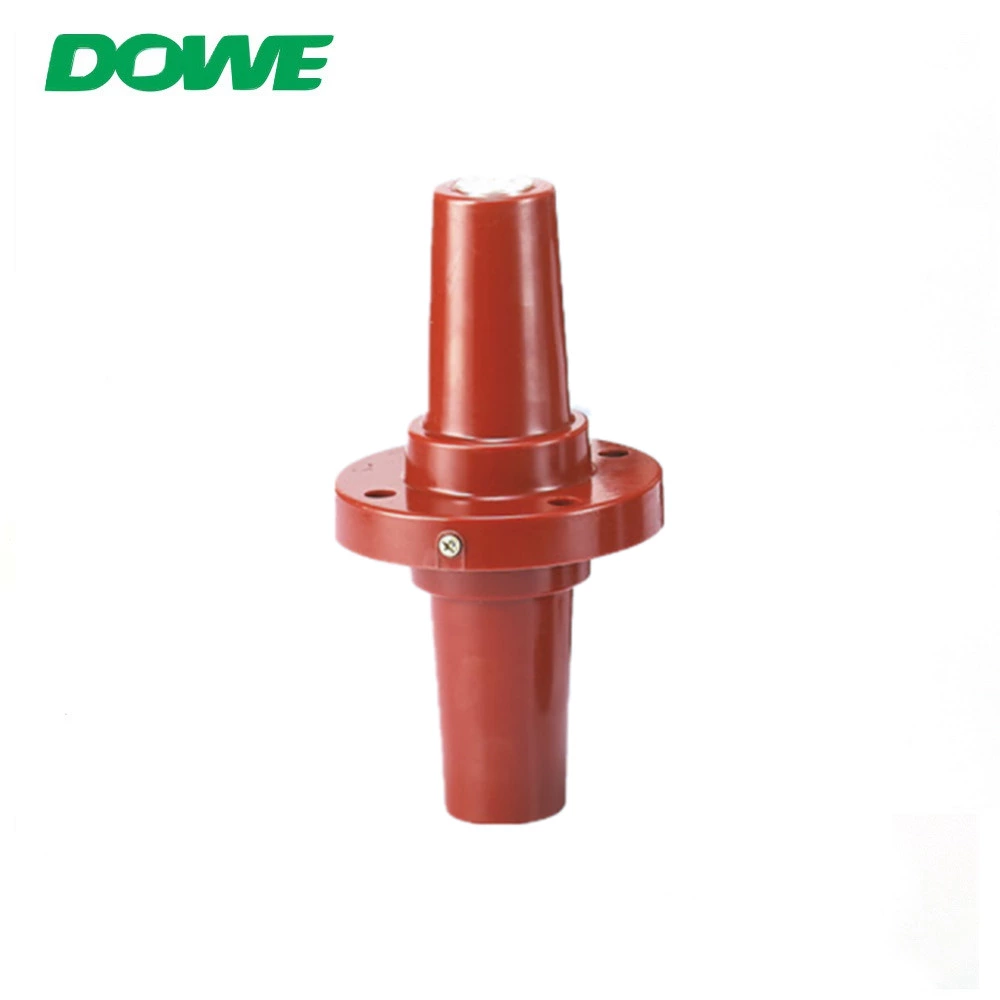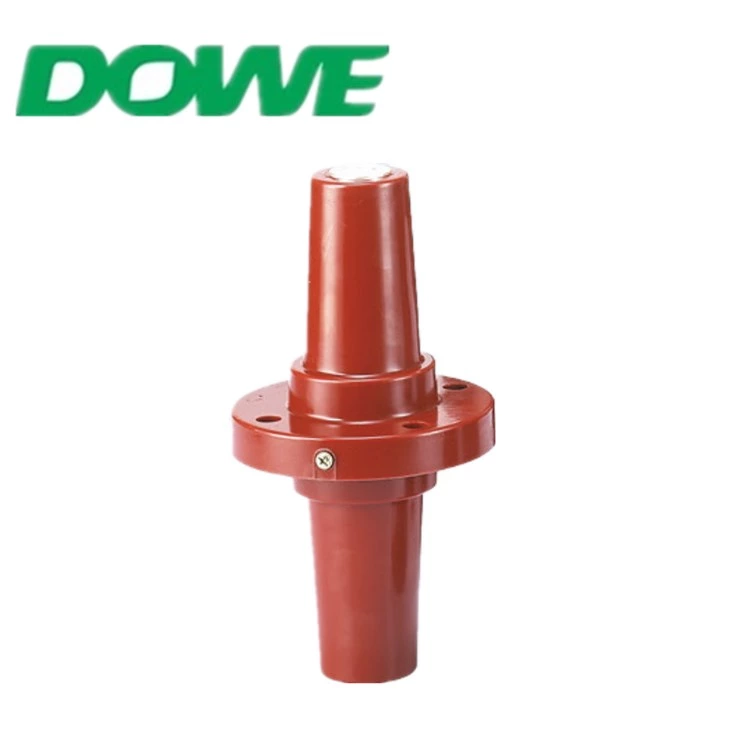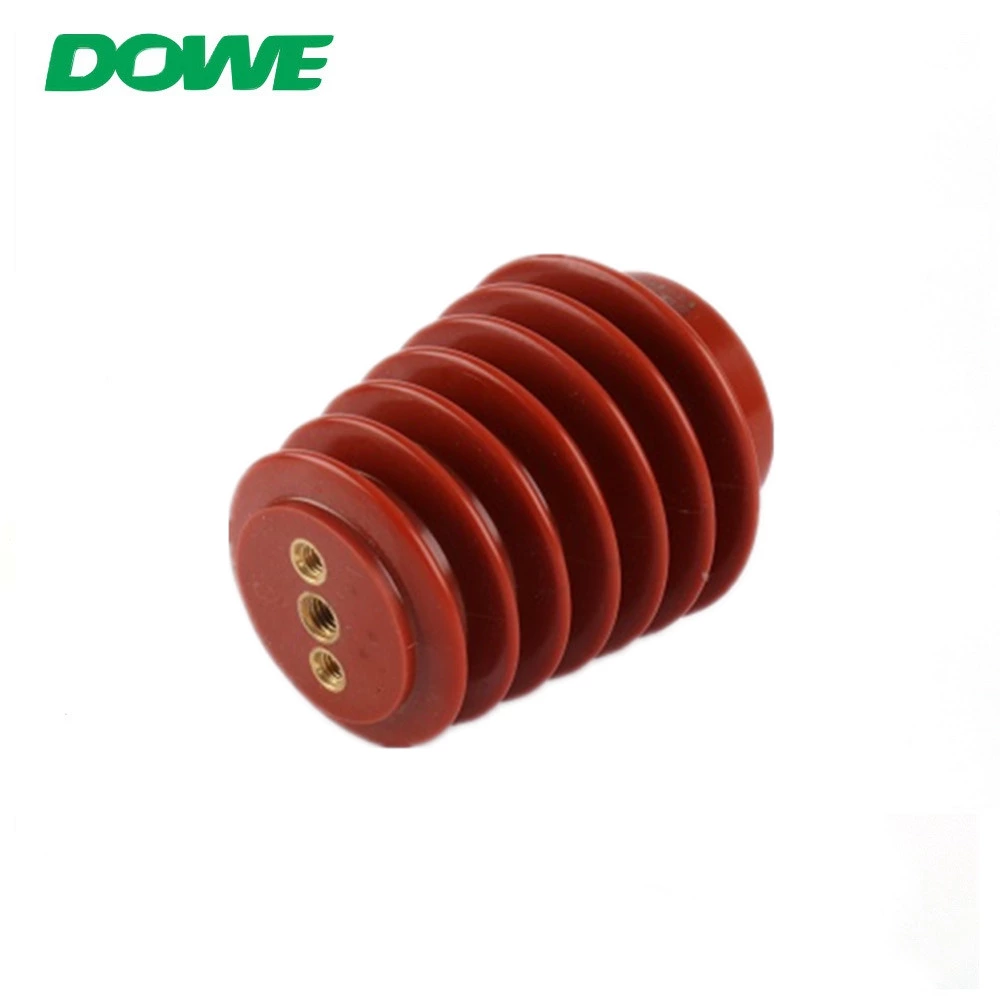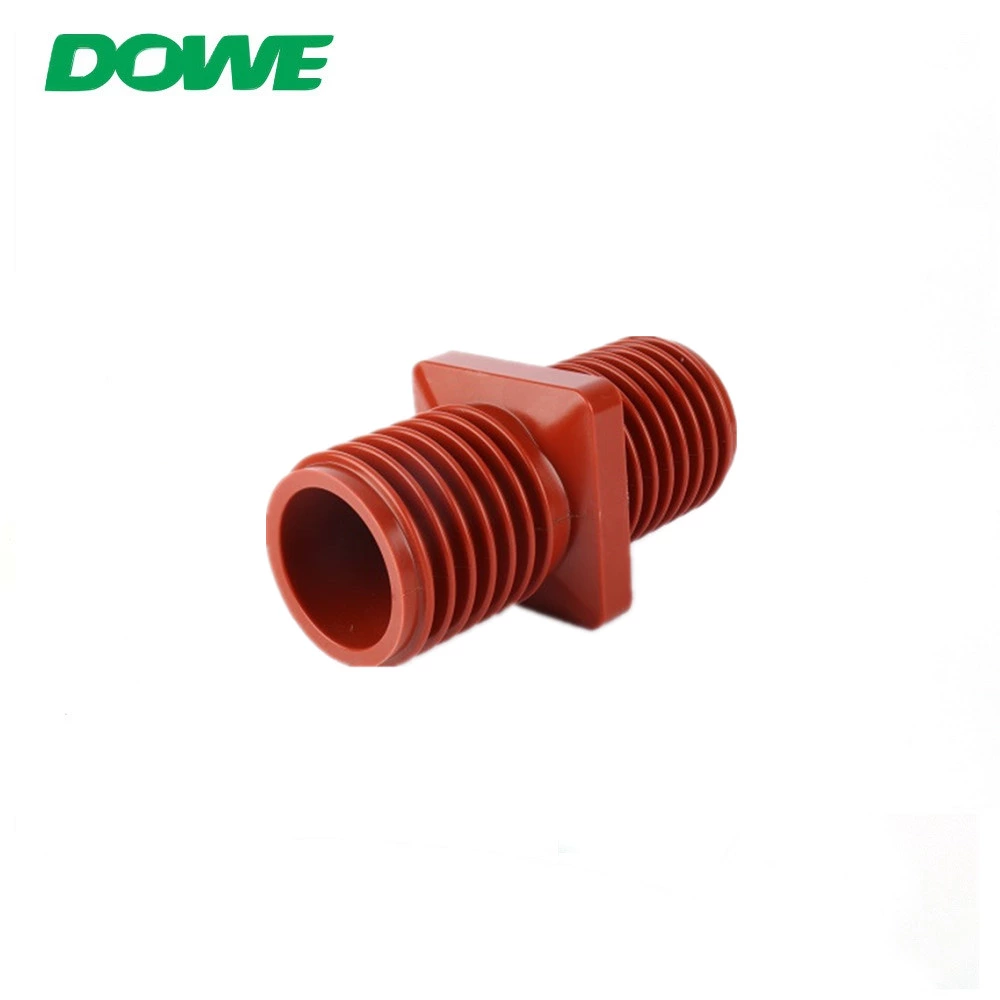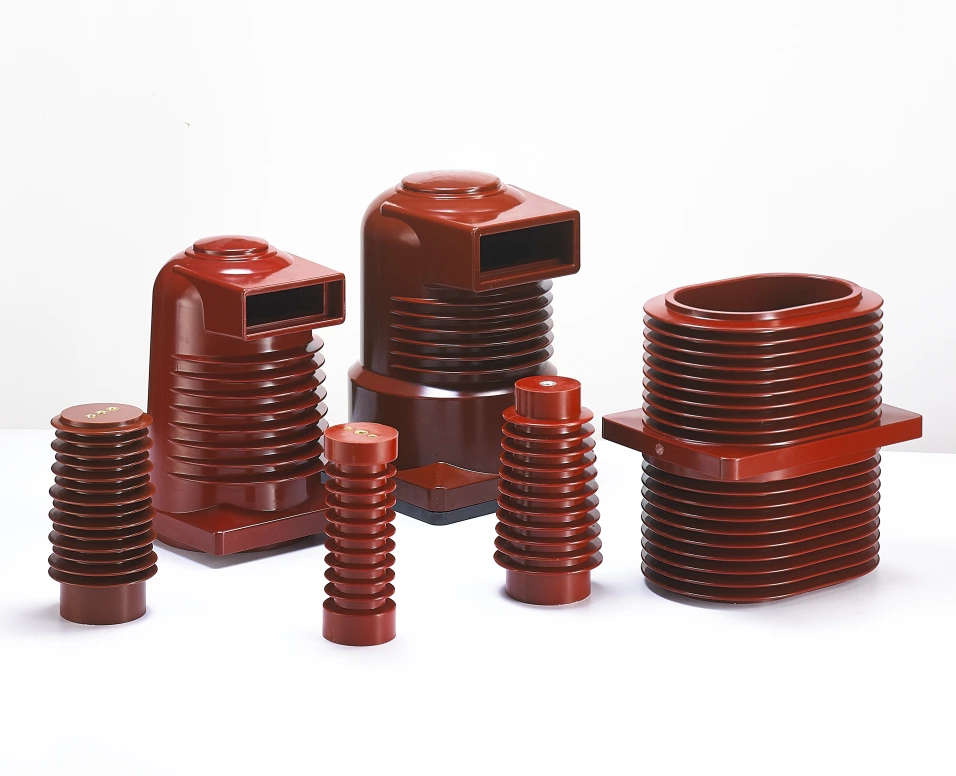How to Compare Busbar Insulator Prices Across Different Suppliers?

When it comes to sourcing busbar insulators, finding the best value can be challenging. Knowing how to compare prices effectively can save you time and money while ensuring quality.
The most effective way to compare busbar insulator prices is by evaluating supplier pricing structures, quality standards, and additional costs like shipping and taxes.
Understanding the price breakdown and asking the right questions will give you clarity and help avoid unexpected costs.
Table of Contents
- What factors affect busbar insulator prices?
- How to identify the hidden costs in supplier pricing?
- How to negotiate better prices for busbar insulators?
- Conclusion
What factors affect busbar insulator prices?
The price of busbar insulators varies based on multiple factors, including materials, certifications, and order quantities. High-quality materials, such as epoxy, porcelain, and composite1, usually come at a higher price but offer better durability.
The most significant factors influencing price include material quality, production methods, and compliance with certification standards.
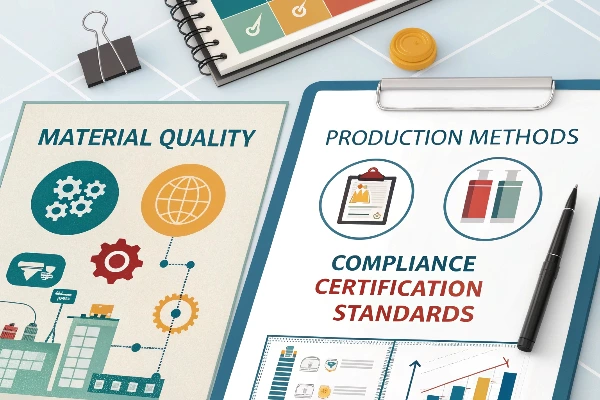
Material quality and its price impact
Different materials affect durability, weight, and cost. For example:
| Material Type | Durability | Price Range ($/unit) |
|---|---|---|
| Epoxy | High | 2 - 5 |
| Porcelain | Medium | 3 - 7 |
| Composite | Low | 1 - 3 |
Choosing the right material is critical, as higher durability often justifies the added expense.
How certifications influence cost
Certifications, such as UL or ISO standards2, can add to the price but ensure quality and safety. Suppliers with proper documentation often deliver better reliability, minimizing risks of failure.
How to identify the hidden costs in supplier pricing?
Suppliers might include extra charges like shipping, taxes, and custom duties that inflate costs unexpectedly. It’s crucial to request detailed price breakdowns.
Requesting an itemized quotation from suppliers helps identify hidden costs like packaging, taxes, and international freight charges.
Transparency in pricing not only builds trust but also helps in accurate cost forecasting.
Evaluating sample testing fees
Before bulk purchases, many buyers test small batches. Suppliers may charge for samples or refund these costs with bulk orders. Clarify this upfront to avoid surprises.
Comparing shipping and logistics costs
Shipping costs can vary dramatically depending on the supplier's location. Always calculate the total cost, including delivery3, to assess the real value.
How to negotiate better prices for busbar insulators?
Negotiation is key in B2B transactions. Highlighting potential long-term relationships or larger order volumes can encourage suppliers to offer discounts.
The best negotiation strategies include leveraging bulk order potential, establishing trust, and discussing recurring purchases.
Suppliers are more likely to accommodate if they see consistent business opportunities.
Building trust through better communication
Clear, professional communication builds credibility. Suppliers often prioritize responsive buyers who articulate their needs effectively.
Highlighting long-term business potential
Show your supplier how working together can benefit both parties. Volume discounts and exclusive pricing are more likely with recurring business discussions.
Conclusion
Comparing busbar insulator prices requires evaluating materials, certifications, and hidden costs while leveraging effective negotiation strategies.
-
Learn about the most common materials used in busbar insulators and their impact on pricing and durability. ↩
-
Explore the importance of UL and ISO certification standards for ensuring quality and safety in electrical products. ↩
-
Understand how to calculate total shipping costs, including logistics and customs, for industrial products. ↩
